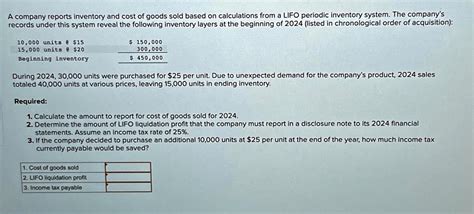Navigating the Complex World of Cryptocurrency Trading: Understanding Liquidation, Layer 2, and Price Action
The world of cryptocurrency trading has evolved significantly in recent years, with new technologies and trends emerging continuously. Mechanisms and Strategies that govern this complex landscape. In This Article, Layer 2, and Price Action –
1. Liquidation
Liquidation is a crucial aspect of cryptocurrency trading, particularly for those who are new to the space or have received significant losses. “Liquidate” this can happen when:
- A trade leg against them (e.g., they sell at a lower price than their entry point)
*
Liquidation can be a costly misake, as traders may end up losing more than they initially entered the trade. Dynamics and liquidity.
How Liquidation Affects Price Action
When Traders Experience Liquidation Due to unfavorable market conditions or their own mistakes, the price action can be unpredictable. However, Some Key Points to Consider:
* Market Congestion :
. .
* Risk Management :
2. Layer 2 (L2) Scaling
Layer 2 Scaling Refers to the Second Layer of Decentralized Finance (Defi) Networks, which provide additional functionality and services of beyond traditional blockchain platforms. L2S Like Optimism, Arbitrum, and Solana Equipment:
* Faster Transaction Times : Reduced Gas Fees Enable Faster Transactions, Making them more appealing for High-Liquidity Traders.
.
When using l2s in your cryptocurrency trading strategy, keep the following points in mind:
* Integration Complexity

: Traders should Ensure They understand how to integrate their existing wallets and platforms with the chosen l2 solution.
* Staking requirements : Some layer 2 solutions require or other forms of governance, which may impact liquidity levels or market dynamics.
3. Price Action
Real-Time, Influenced by Various Factors Such as:
* Market sentiment : Trader Psychology and Expectations Play a significant role in shaping price movements.
* Economic Indicators : Economic News, Interest Rates, and Inflation Rates Can Impact Currency Values and Market Trends.
When Analyzing Price Action, Traders Should Focus on the Following Key Aspects:
* Trend identification : Traders should be made to establish or reversal signals using various technical indicators.
* Volatility : Price volatility is an essential component of trading; Understanding its behavior will help traders make informed decisions.
* Overbought/Oversold Conditions : Traders Need to Recognize When Prices Are Overbough

